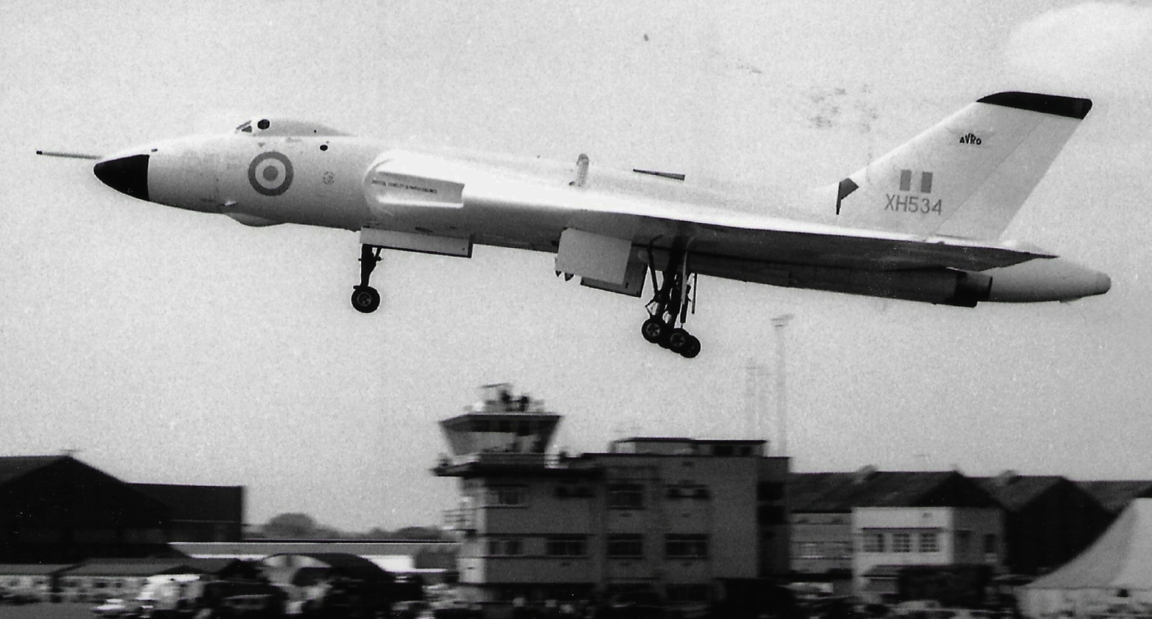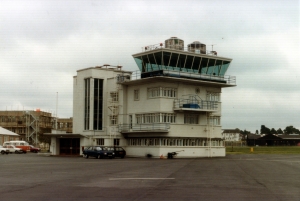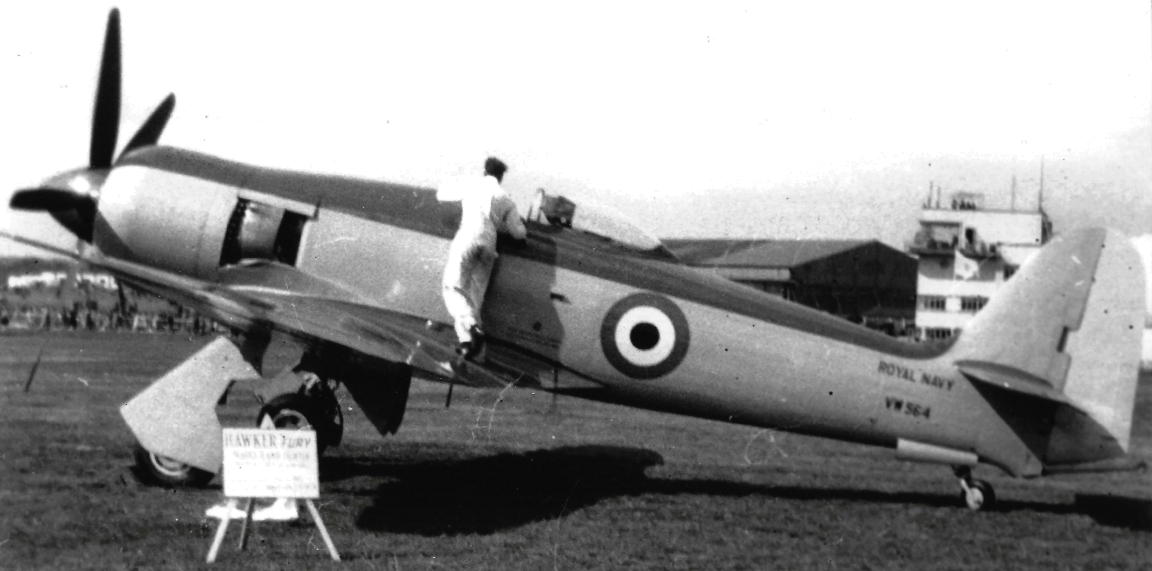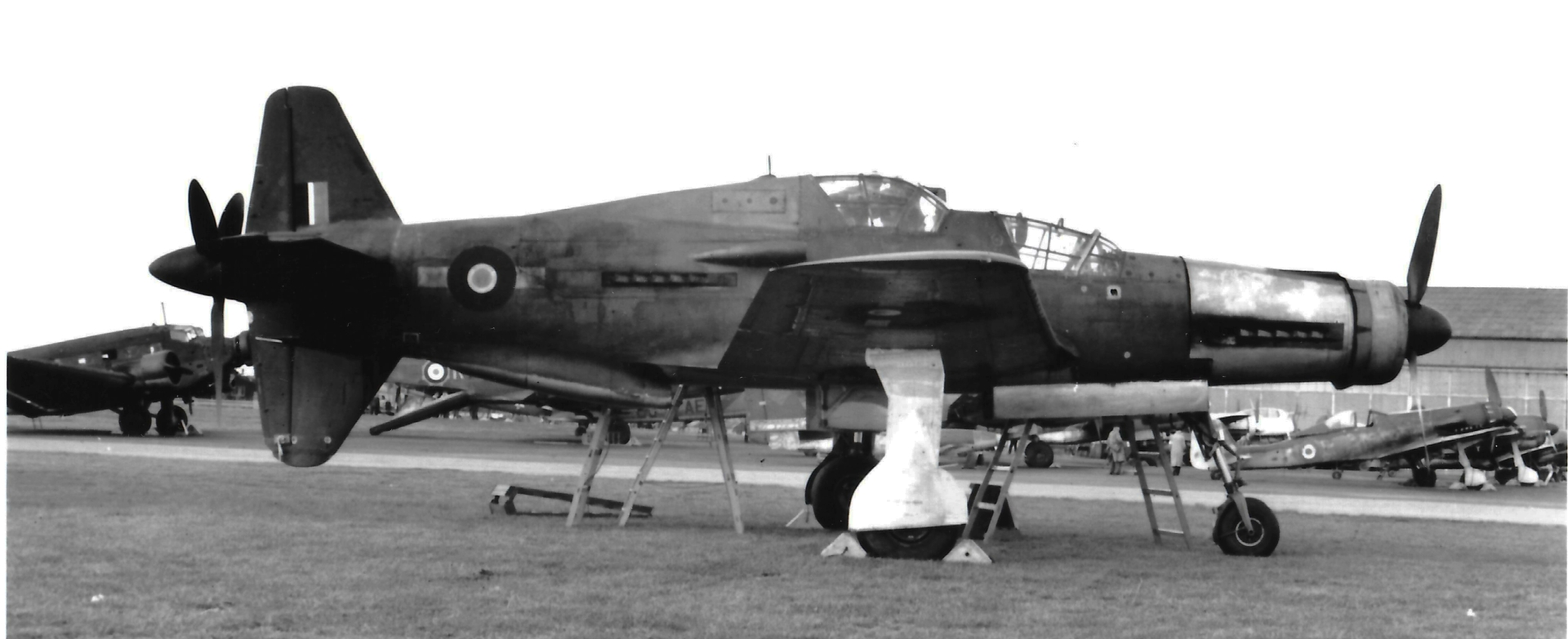NEW AND RECOMMENDED to view an updated and expanded library of superb animated colour virtual Croydon films on Youtube click here
here are two stills for tasters

Ian Walker, the Chair of Trustees of the Historic Croydon Airport Trust has sent in a copy of a memo from 1920 requiring the provision of a control tower at Croydon.

CRY0

CRYoa

CRYOaa from Barry Davidson
photos via Ray Draper.
Ian Walker tells us that post WW1 all civilian aviation in the UK was prohibited with ad hoc approvals for individual international flights and temporary suspension of the prohibition.
All UK restrictions on civil aviation were lifted on 25/8/1919 leading to the launch of regular scheduled services between U.K., France and Belgium. Hounslow Heath was temporarily the London customs aerodrome until 28/3/1920 when operations were relocated to Croydon. Lympne ( on the Kent coast) was the designated diversion aerodrome for the cross-Channel route. .The C.A.T.O. at Hounslow was Major S.T.L.Greer. Major Greer moved to Croydon Airport when Hounslow closed. Croydon became operational on 29/3/1920.
Croydon Aerodrome was two aerodromes merged into one- the former RAF airfield know as Beddington and the National Aircraft Factory No.1 testing airfield known as Waddon (Waddon is a Parish in Croydon). The airport was known under various titles. Hounslow and Croydon both had radio on opening. Croydon had D/F on opening with approved radio position fixing in 1922 (from memory Paris implemented radio position fixing in 1926).


CRYOb and c from one of a set of cigarette cards that you see as a bound volume available here. a day on the airway
Once operations were moved to Croydon in 1920 radio and C.A.T.O operations were located in the Control Tower. The Radio Officers at the opening of Croydon were:- Officer in Charge- Mr. W. A. G. Price Radio Operators- Mr. F.S. Mockford, Mr. L. Luger, Mr. F. S. Close & Mr. C. V. Lane. Mockford became Officer in Charge in 1923- C.A.T.O’s- Lt. E. H. “Bill” Lawford, G. J. H. “Jimmy” Jeffs (from 22/2/1922), Commander Deacon, Captain Morkam, Mr. Russell and later H. W. Chattaway.
Ian provided this material on major ATC innovations developed at Croydon relating to the work of the Controllers and Radio Officers at the London Airport- many of which are still in use today. Air Traffic Controllers were originally known as Civil Aviation Traffic Officers (C.A.T.O’s) and were supported by the Radio Officers. CATO’s managed and administered the Air Traffic. Radio Officers held the licences to handle wireless and telegraphic communications. Radio Officers were examined and licensed to Class 3 (U.K. standard). C.A.T.O’s and Radio Officers were initially ex-military having served in WWI. Some had worked on developing air/ ground communications during WWI (e.g. F. S. Mockford). Croydon handled 11,888 radio messages in a 6 month period during 1920.

CRYOcc Radio Officers not the controller who is outside the “window”? This is a coloured close up of the photo below CRYOd
A few examples of Croydon milestones follow –
1920- The term “Control Tower” is a British term and first used to describe the construction of the world’s first Control Tower at Croydon. This was approved in and recorded in the Air Ministry minutes of 25th February 1920. Before there were ATC Towers there were Radio Offices. The ATC Tower was a specific technical building developed for ATC tasks rather than just radio comms. First installed at Croydon in 1920 (timber) and further developed with the more substantive 1928 development of the Croydon terminal and Tower. Comms transmissions were on 900m, Met transmissions were on 1260m, Route Traffic information (between airports) was on 1380m, The First Croydon Airport equipment was Marconi 100W/ CW/ ICW telephone transmitter with Type 55 Bellini-Tosi D/F.
1920 Met Office opened at Croydon on 28/3/1920.
1922- G.J.H “Jimmy” Jeffs became the first licensed Controller on 22/2/1922 with Air Ministry ATC Certificate No.1 (the licence is on view at the Croydon Airport Visitor Centre). It was issued retrospectively.
1922- Radio position-fixing (originally known as Wireless position-finding). System developed, tested implemented and controlled from Croydon:-

CRY0d Radio Officers manning a later version of the radio and direction finding room.
1923- Croydon Radio Officer Fred Mockford developed the “Mayday” distress phraseology. The Air Ministry approved the phrase which was published in the first UK Air Pilot issued in 1924. In 1927 Mayday was accepted as the international standard at the Wireless Radiotelegraph Convention held in Washington USA.

CRY0e F S (Stanley) Mockford inventor of the Mayday call from Tom Singfield The wicker seat was one of several private enterprise seats first made for and sold to allied fighter pilots in the 1914-18 war
1933- Low Visibility Ops and first Controlled Airspace- Known as QBI procedures implemented at Croydon.
Weather reports were a joint agreement between Britain and France (transmissions at 20 past and 10 to the hour) that was later expanded to include Belgium that transmitted at 25 minutes past the hour.
The first major change to regulations occurred after a 1922 mid-air collision. After the accident a meeting was convened at Croydon with French, Belgium and British pilots and Air Ministry Officials with new Air Traffic rules agreed. Rules included keep to the right of a line feature and aircraft with more than 10 seats were to have radios installed. The U.K. operators were quick to adopt the requirement (with a slower pace from European operators).
Britain was very good at documenting, regulating and approving infrastructure and procedures. Unfortunately, there’s not much in electronic form. For example the Air Ministry produced Annual Reports of the Progress of Civil Aviation from 1919 through to the 1950’s. The early reports detail how many radio transmissions were made, how many weather reports were requested, traffic figures etc.
Croydon has a superb museum in the top of the old tower.
Tom Singfield points us at another site Airport of Croydon. (atchistory warning: this site could easily consume a weekend of online browsing)
CRY 1
John Faulkner has sent some photos in the Museum including Jimmy Jeffs’ ATC licence No1
CRY2

CRY2a Tom Singfield sent in this example of an engraved/embossed plate giving an early version of the phonetic alphabet. Its not from Croydon but its a great place to post it.

CRY2b Tom also sent in his photo of Jimmy Jeffs ATCO Licence No 1. Tom also photographed three cartoons on the tower wall.
Steve Balfour has been in contact his Manchester colleague Nick Phythian. Nick has provided a great set of pictures of the Museum. Once again do please visit the Museum its absolutely fascinating. – see link above.
Tom Singfield sent in an updated link that shows Croydon operations in the 20s including some period ATC footage late in the film. In the 60s this was often shown at the School, later College of ATC at Hurn
CROYDON OPERATIONS AND ATC 1920s
From Brian Davidson an avalanche of period photos, post cards and philatelic covers. This photos that I have no copyright or other attributable data on I’ve published below. There are also two slides shows featuring postcards that are I think the product of extinct publishers. If you know otherwise please use the comment tab above to contact us and they will be taken of line.

CRY3 1920s

CRY4

CRY4a

CRY4b

CRY4c WRIGHTWAYS Ltd. at Croydon

CRY5

CRY5a Imperial Airways HP42 G-AXXC “Heracles” , British Airways Lockheed L-10 Electra G-AEPO
CRY6 removed (Its not Croydon)

CRY6a

CRY7 Dornier D223 but its suggested it may not be Croydon

CRY8

CRY9 Handley Page HP42

CRY9a a Builder plate from HP42 G-AAXC sent in by Grenville Paget who explained how he got it
“My Dad was an engineer with Imps before the war at Croydon. During the war he was seconded to the Air Transport Auxiliary. Wearing one of those uniforms he was despatched to Whitchurch where the HP42s had been sent for the duration. I have a page from the Silver Wing magazine, retired staff journal of BEA, which tells the story of another engineer feeling a strong gust of wind and looking over to Heracles to see my Dad hanging on for dear life as the aircraft was lifted into the air. As were others. When the wind stopped down they came and were somewhat broken. Dad was then involved in breaking up the aircraft and that registration plate came into our hands.

CRY10 1939 G-ACVY

CRY11 1939, G-ADSW, G-ADSY, G-AFDM, G-ACVY

CRY12 1939

CRY13

CRY14 Decca Navigator Company Avro Anson G-AGWE 1950s

CRY15 1950s G-AMYJ

CRY16 originally dated 1957, its now suggested its 1959
miscellaneous post card and annotated photos slide show
Pamlin Photos post card slide show includes G-EBLO, G-AAXC, GAGSH, F-ALCS, D-AMHC, F-AOHB, F-AQNP. G-AFDX
below, some of Brian Davidson’s Croydon philatelic covers. he tells us that the plainest example has the rare “London Airport ” postmark.

Barry says of the one above that “Croydon Airport cover with Airport postmark, very scarce item as Croydon had about 5 different airport postmarks during its life.”
two new photos from Barry Davidson of Croydon in 1928 initially published in the “London’s Great” magazine

CRY17

CRY18

CRY19 an early photo of a building at Waddon, one of two airfields that were amalgamated to form Croydon.

CR20 a photo from an 1947 pamphlet on the Ministry of Civil Aviation. the legends says MCA training: a loop aerial being explained to budding radio operators.

CR21 1921, a Handley Page W8B G-EBBH 0f Imperial Airways, named originally Melbourne, later Prince George.





















 three photos via Barry Davidson. Hawk XX232 passes the runway caravan, XX157 passes the current tower and
three photos via Barry Davidson. Hawk XX232 passes the runway caravan, XX157 passes the current tower and



































































































































































